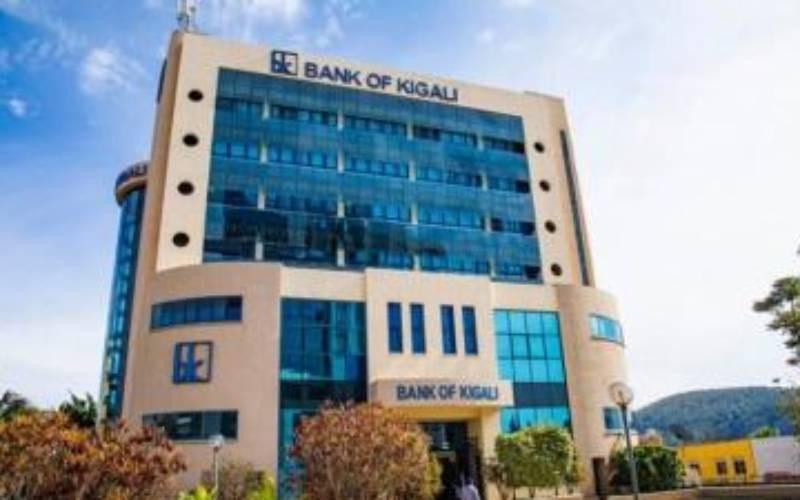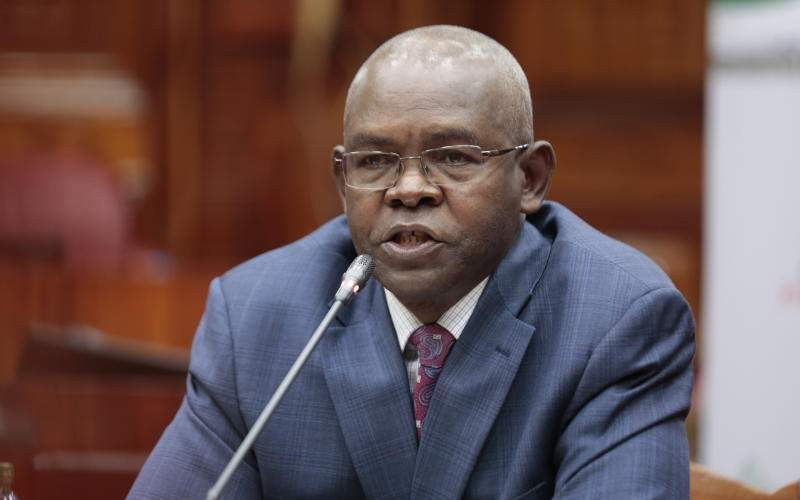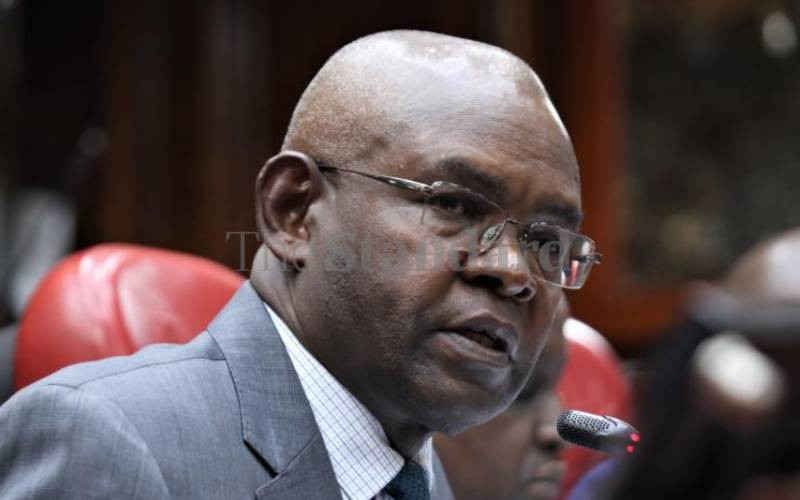
Central Bank of Kenya (CBK) has admitted facing challenges managing the rates at which banks lend money to each other in the wake of the interest rate cap regime.
The regulator in a memorandum on economic and financial policies, prepared with the help of the National Treasury, to the International Monetary Fund (IMF) says the creation of the rate cap has made it difficult for it to establish a formal interest rate corridor to help in improving liquidity in the market.
This has led to problems where larger lenders are sitting on huge deposits and easily lend to each other at lower rates while their smaller counterparts have to pay huge interest rates to access funds. CBK is in the process of establishing a central collateral register and is also mulling another way to intervene in the interbank market in the absence of a formal interest rate corridor.
“To improve liquidity management, CBK will set up a central depository for Government securities that will act as collateral for Horizontal Repo transactions and enhance collateralised lending between banks,” said National Treasury Cabinet Secretary Henry Rotich and CBK Governor Dr Patrick Njoroge in the memorandum to IMF Managing Director Christine Lagarde dated December 23.
Prior to the introduction of the interest capping law, CBK was planning to implement an interest corridor — setting the upper and lower limits — on interbank rates to align it with the Central Bank Rate (CBR). According to IMF, interbank interest rates deviated significantly from the CBR last year, reducing the effectiveness of the CBR as a tool for monetary policy.
“The significant spread of the interbank rate from the CBR (over 600 basis points on average in 2016) mainly reflected the CBK’s unsterilised interventions in the foreign exchange market,” commented IMF on the development. Governor Njoroge and CS Rotich said in the memo the rate cap had also complicated CBK’s tool in keeping inflation in check.
“The introduction of interest rate caps limits the effectiveness of CBK’s monetary policy and consequently, the pace of the transition to an inflation-targeting framework will be slower than envisaged,” read the memo in part. In its first review of Kenya’s performance under the programme supported by the Stand-by Credit Facility, IMF noted risk aversion in the banking sector has increased and daily transactions on the interbank market have fallen by about a third since the rate cap came into place.
IMF further noted that smaller banks have been cut off from the interbank market while larger banks have begun holding more liquidity.
Their liquidity to asset ratio increased from 27.8 per cent at the end of 2015 to 34.3 per cent at the end of September last year.
“The market has become highly segmented, with large banks with high levels of liquidity reluctant to provide liquidity to smaller banks. This has also been reflected in wide differences in interbank lending rates for large and small banks,” said IMF.
Since January, interbank rates published on CBK website show a high of 14 per cent and a low of 4 per cent, a pointer that smaller lenders are sweating on cost of overnight borrowing.
 The Standard Group Plc is a
multi-media organization with investments in media platforms spanning newspaper
print operations, television, radio broadcasting, digital and online services. The
Standard Group is recognized as a leading multi-media house in Kenya with a key
influence in matters of national and international interest.
The Standard Group Plc is a
multi-media organization with investments in media platforms spanning newspaper
print operations, television, radio broadcasting, digital and online services. The
Standard Group is recognized as a leading multi-media house in Kenya with a key
influence in matters of national and international interest.
 The Standard Group Plc is a
multi-media organization with investments in media platforms spanning newspaper
print operations, television, radio broadcasting, digital and online services. The
Standard Group is recognized as a leading multi-media house in Kenya with a key
influence in matters of national and international interest.
The Standard Group Plc is a
multi-media organization with investments in media platforms spanning newspaper
print operations, television, radio broadcasting, digital and online services. The
Standard Group is recognized as a leading multi-media house in Kenya with a key
influence in matters of national and international interest.









